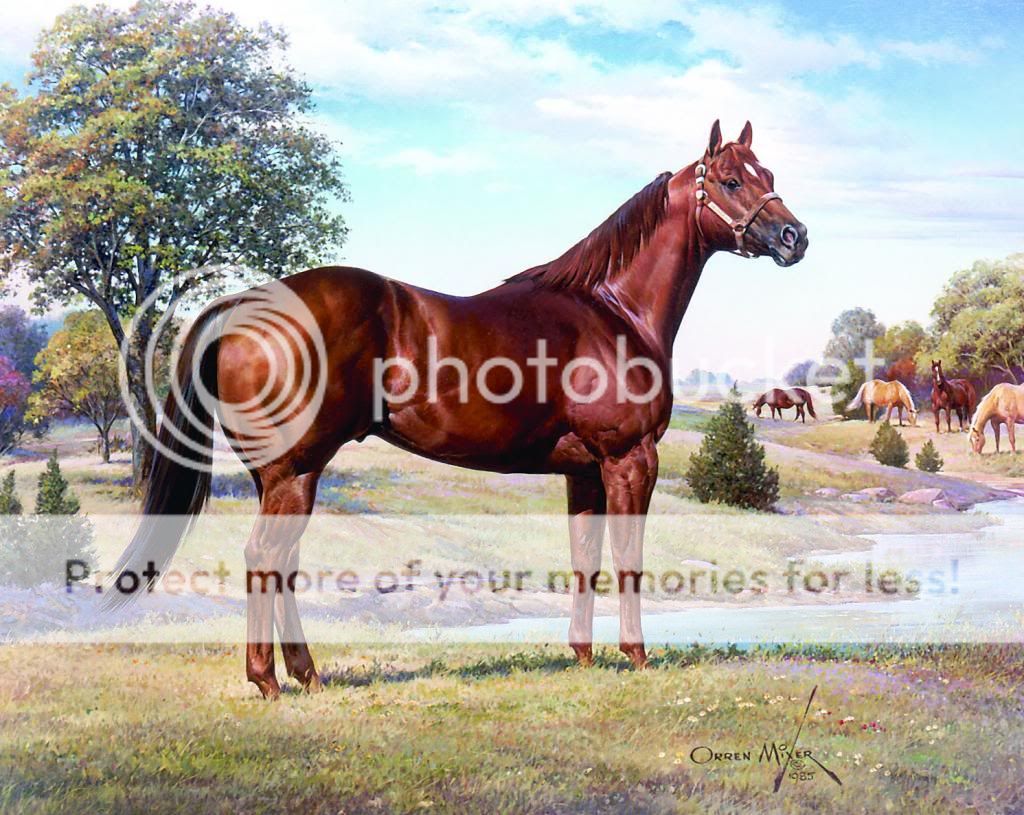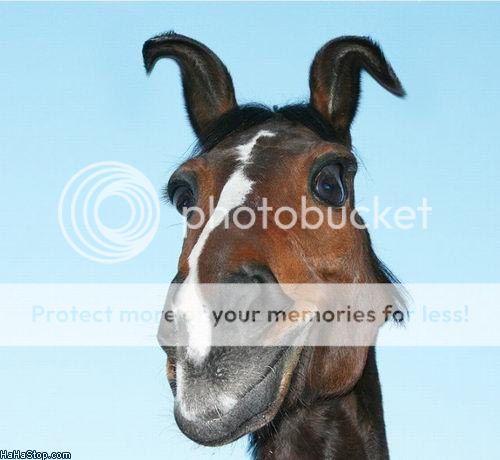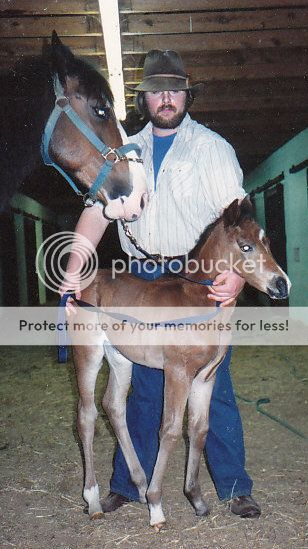Hope you're all having a very merry Christmas season!
Over the years, I've heard from many horseowners that their access to truly competent horseshoeing is limited because the quality farriers are too far away and don't want to make the trip for small barns.
What people may not comprehend is that pro farriers build their practices on providing reliable service to their customers, and that goes beyond just the scheduled shoeing days. No matter how well a horse is shod, there will occasionally be a loose or thrown shoe. (In fact, shoeing approaches that sacrifice proper support and protection to make the shoes harder to lose are a major source of the "evils of horseshoes" concept.) So the farrier isn't just thinking about whether he should drive out to you place to shoe your horses, but also whether he'll be able to get out in a timely manner to do patchwork.
One thing that makes it easier for a farrier to say "yes" to a remote client is the knowledge that he won't be asked to warp his schedule out of shape to come tack one shoe back on. Horseowners capable of doing their own patchwork are not only attractive clients for dedicated farriers, but also can travel with their horses knowing that they won't have to rely on some stranger if their horse manages to hang a shoe away from home.
And patching a shoe doesn't require a professional farrier's rolling shop. A simple, inexpensive kit is sufficient...
Nor does the task require the skills of a journeyman farrier. With the hoof already trimmed and balanced, the shoe already fit, and the nail paths through the wall already established, flattening the iron and tacking it back on is well within the layman's capability.
This sample from MILLWATER'S FARRIERY: The Illustrated Dictionary of Horseshoeing and Hoofcare is assembled from several of the book's encyclopedic entries, and gives an overview of how to fix that thrown, loose, or bent horseshoe for horseowners.
Of course, the book is designed for cross-referencing, so you don't quite get the full effect here. And the illustrations are much higher resolution in print (downgraded to keep the online file smaller).
.PDF files at links.
- - -
-30-
.












